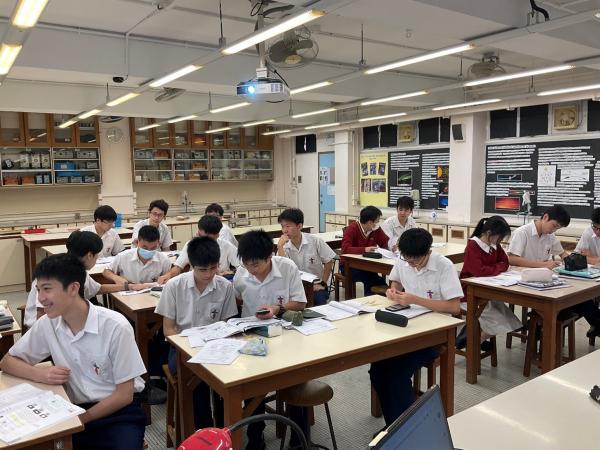Aims
The overarching aim of the Physics Curriculum is to provide physics-related learning experiences for students to develop scientific literacy, so that they can participate actively in our rapidly changing knowledge-based society, prepare for further studies or careers in fields related to physics, and become lifelong learners in science and technology.
Curriculum Objectives
To enable students to:
- develop interest in the physical world and maintain a sense of wonder and curiosity about it;
- construct and apply knowledge of physics, and appreciate the relationship between physical science and other disciplines;
- appreciate and understand the nature of science in physics-related contexts;
- develop skills for making scientific inquiries;
- develop the ability to think scientifically, critically and creatively, and to solve problems individually or collaboratively in physics-related contexts;
- understand the language of science and communicate ideas and views on physics-related issues;
- make informed decisions and judgments on physics-related issues; and
- be aware of the social, ethical, economic, environmental and technological implications of physics, and develop an attitude of responsible citizenship.
Curriculum Content
Compulsory Part (184 hours)
- Heat and Gases (23 hours)
- Force and Motion (50 hours)
- Wave Motion (47 hours)
- Electricity and Magnetism (48 hours)
- Radioactivity and Nuclear Energy (16 hours)
Elective Part (Total 50 hours, any 2 out of 4)
- Astronomy and Space Science (25 hours)
- Atomic World (25 hours)
- Energy and Use of Energy (25 hours)
- Medical Physics (25 hours)
